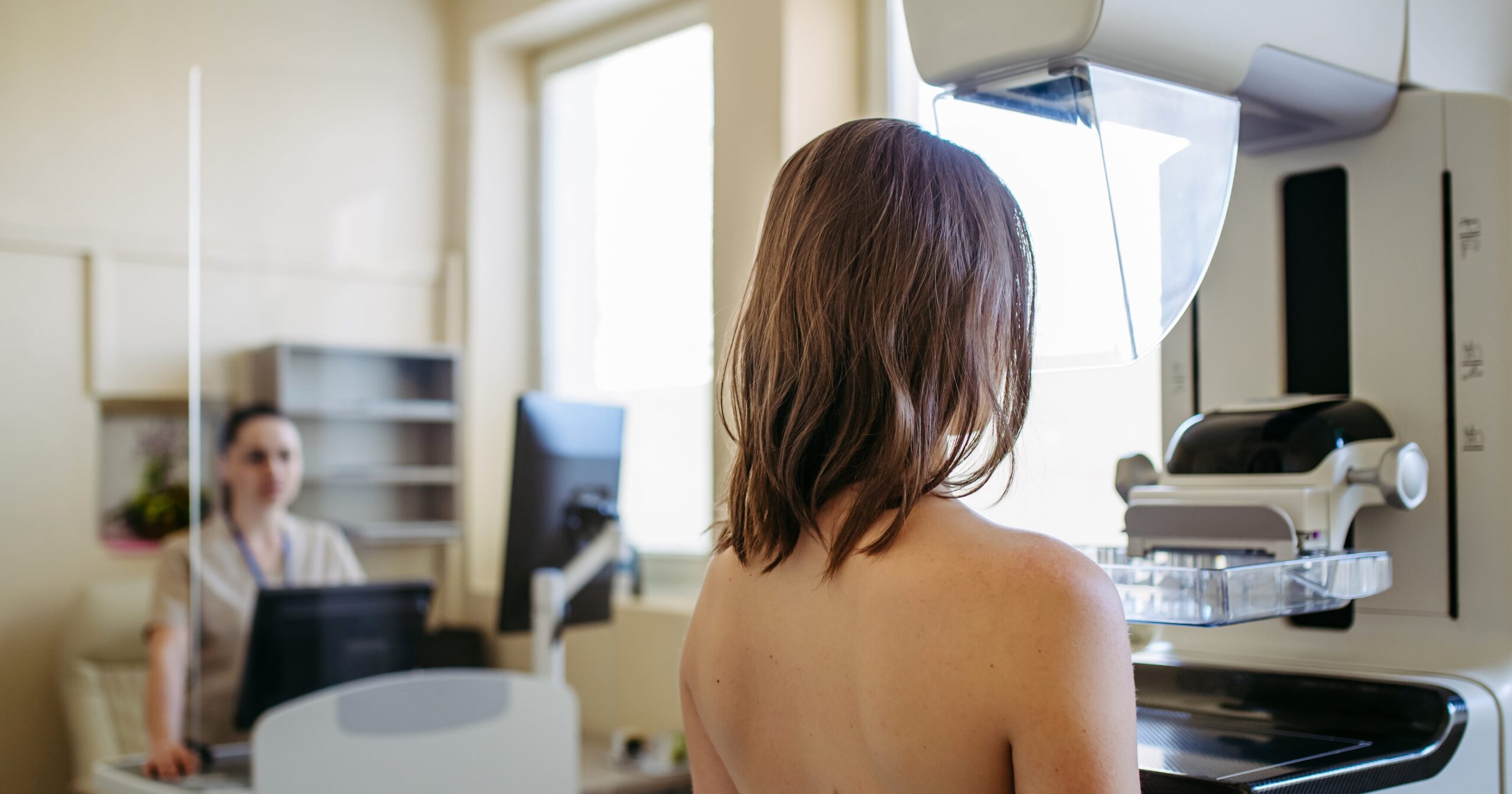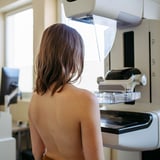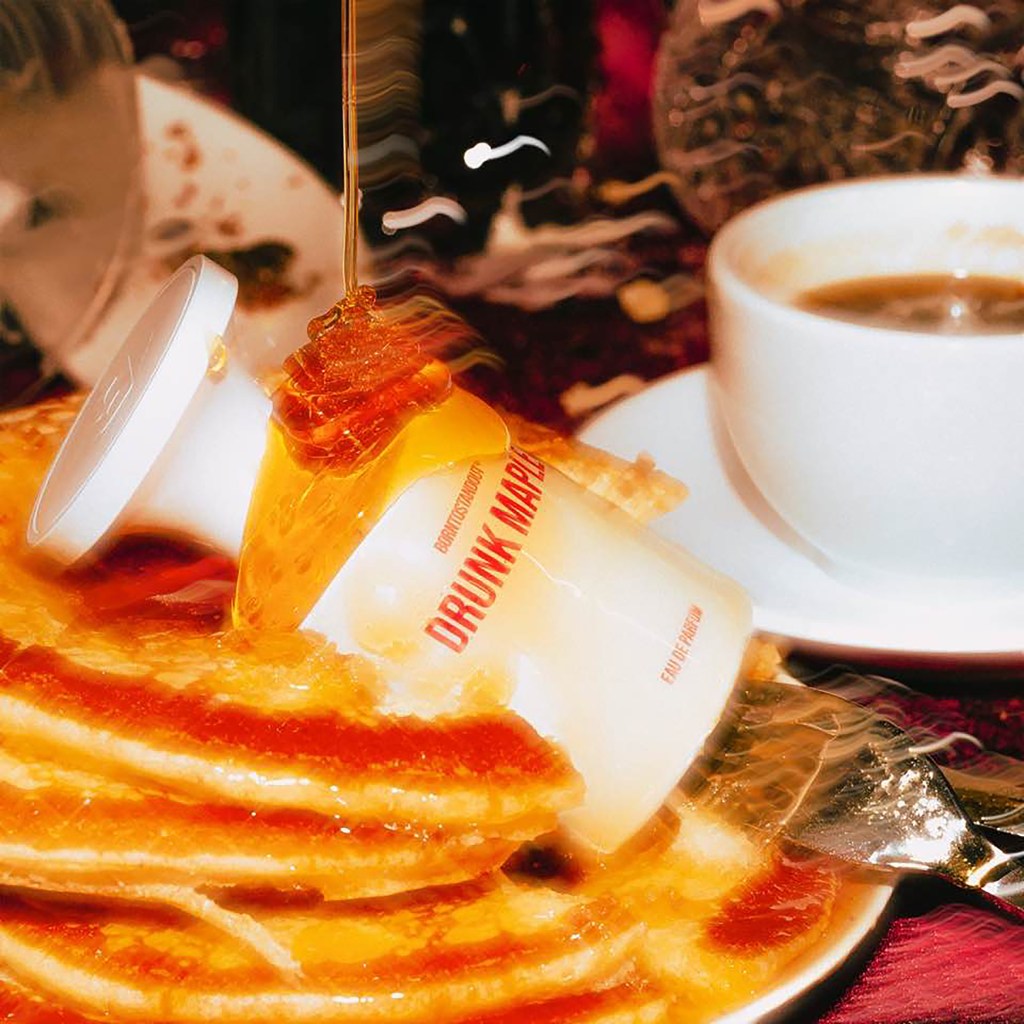You might have a lot of questions going into your first mammogram – and we don’t blame you. Getting your breasts squeezed by a giant machine is intimidating at best, especially if you’ve never had a mammogram before. In an effort to ease any pre-appointment anxiety, we’re here to answer all your basic mammogram questions. Whether you’re curious how the process works, or wondering whether mammograms hurt, we asked experts to help you feel more prepared before your first exam.
First things first: a mammogram is a procedure that takes an X-ray of your breast. Doctors use a mammogram to look for early signs of breast cancer. New guidelines also suggest that women and those assigned female at birth should start getting screened for breast cancer every other year starting at age 40 (ten years earlier than previously recommended).
“The smaller and less advanced cancers we find with screening, the more likely women are able to survive,” says diagnostic radiologist Sonya Bhole, MD. Technology like AI mammography can also help detect hard-to-find cancers. Considering that breast cancer is the second-most common cancer in women in the United States, screening for this disease is important – and the gold standard is via mammogram.
“In addition to saving lives, getting your annual screening mammogram has the power to potentially reduce the severity of treatment that women with breast cancer must undergo,” says Karla Sepulveda, MD, an associate professor of radiology. “Studies have demonstrated that cancers found with screening mammography are more likely to be smaller cancers that have not metastasized, which means [they are] less likely to need more intensive treatment such as mastectomy or chemotherapy. This also means shorter recovery time and better prognosis.”
But despite their lifesaving potential, there’s still some fear surrounding mammograms, including how they feel and whether they have any side effects. To quell any fears, here’s exactly what to expect at a mammogram, including information about the recovery process.
Experts Featured in This Article:
Sonya Bhole, MD, is a diagnostic radiologist at Northwestern Medicine.
Richard Reitherman, MD, PhD, is the medical director of breast imaging at MemorialCare Breast Center at Orange Coast Medical Center in Fountain Valley, CA.
Karla Sepulveda, MD, is an associate professor of radiology at Baylor College of Medicine.
Do Mammograms Hurt?
Let’s address this upfront: A mammogram may feel slightly uncomfortable for a moment, but it’s probably not going to hurt. “Every woman is different, but in general, a mammogram shouldn’t be painful,” says Richard Reitherman, MD, PhD, medical director of breast imaging at MemorialCare Breast Center. “There may be a second or two of discomfort when the breast is compressed, which only takes a few seconds, but that’s it.” Factors like your general breast sensitivity and where you are in your cycle may also play a role in how a mammogram feels for you, Dr. Reitherman says. Still, “most patients tolerate mammograms very well,” Dr. Sepulveda says.
What Can You Expect During a Mammogram?
The process of getting a mammogram is fairly simple. Dr. Sepulveda estimates it takes about 15 minutes from start to finish. Here’s how the exam tends to go, according to the CDC:
- You stand in front of an X-ray machine.
- A technologist will place your breast on a plastic plate.
- Another plate will firmly press your breast from above.
- The plates will flatten your breast and hold it still while the X-ray is taken.
- The steps will be repeated to take a side view of the breast.
- Steps will be repeated for the other breast.
“The purpose of the pressure during a mammogram is to even out the breast tissue, to make sure the entire breast is included, and to make sure that abnormalities are not hiding within overlying breast tissue,” Dr. Bhole says. After the mammogram is done, the CDC says you’ll need to wait for a moment while the technologist checks the X-rays to make sure the pictures don’t need to be redone.
Do You Need to Do Anything the Night Before a Mammogram?
Not necessarily. There is no special diet you need to follow before a mammogram, but there are a few things to consider. For instance, the ACS recommends that you avoid applying deodorant, antiperspirant, powders, lotions, creams, or perfumes under your arms or on or under your breasts. “These substances can show up as white artifact on the mammogram examination, making it difficult for the radiologist to read,” Dr. Bhole says. (If you forget, don’t stress – most facilities have wipes to help you remove any residue, she says.)
If you can, you may also want to wear pants or a skirt to your mammogram appointment. “We usually ask patients to wear a two-piece outfit so they only have to remove their top for the exam,” Dr. Sepulveda says. If you’re worried about pain, Dr. Sepulveda says it’s OK to take ibuprofen or acetaminophen in advance of your mammogram to “minimize discomfort.” One more pro tip, per Dr. Reitherman: try to schedule your mammogram for when you’re not having your period, to lower the risk of breast sensitivity.
Will You Have Pain After the Mammogram?
You shouldn’t, but everyone is different. “Some women may feel sore, similar to what was felt during the process of taking the picture,” Dr. Bhole says. “Most women, however, tolerate the examination well, without pain afterwards.” If you feel pain after your mammogram, she suggests talking to your doctor about it. But if you have mild discomfort, Dr. Reitherman says you’re absolutely fine to take ibuprofen or acetaminophen or to use a warm compress on your breasts to provide relief.
Are There Other Mammogram Side Effects?
In most situations, you’ll walk away from your mammogram feeling just fine. However, Dr. Sepulveda says that some people may have skin redness “that resolves quickly” after the exam. Doctors say you also don’t need to stress about radiation involved in the exam. “A mammogram uses a low dose of radiation to get the picture,” Dr. Bhole says. “However, the dose is so minimal that there should not be any long-term side effects.”
Even if you’re stressed, experts emphasize the importance of getting a mammogram if you’re due for one. “Overall, the lifesaving benefits of mammograms far outweigh any potential mild side effects of the exam,” Dr. Sepulveda says.
Korin Miller is a writer specializing in general wellness, health, and lifestyle trends. Her work has appeared in Women’s Health, Self, Health, Forbes, and more.
Chandler Plante (she/her) is a social producer and staff writer for the Health & Fitness team at Popsugar. She has over five years of industry experience, previously working as an editorial assistant for People magazine, a social media manager for Millie magazine, and a contributor for Bustle Digital Group. She has a degree in magazine journalism from Syracuse University and is based in Los Angeles.



